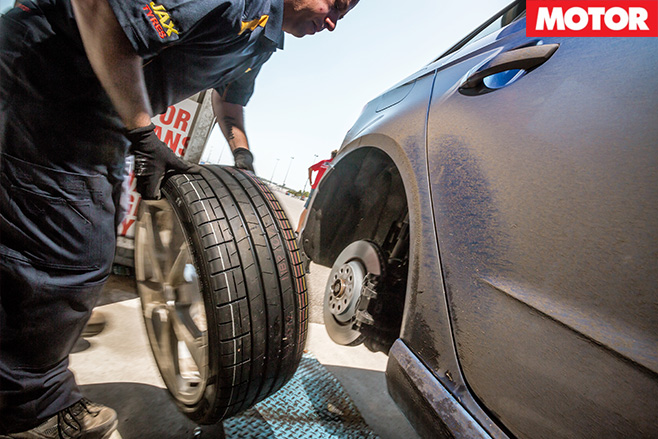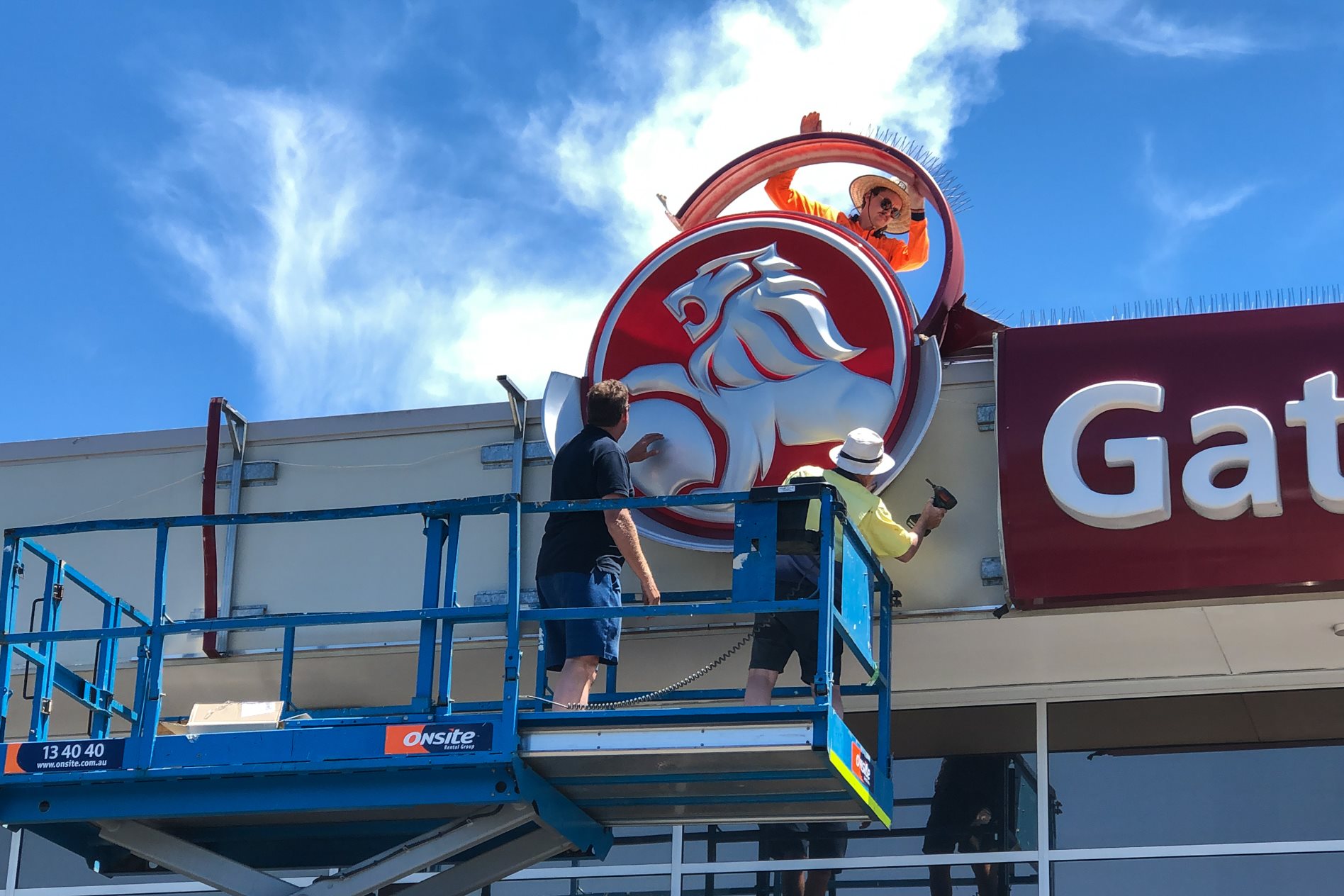
OUR local Holden dealership, near Wollongong in NSW, quietly removed its big Holden roadside plinth a few weeks back. My 13-year-old daughter actually sent me a blurred pic of the operation as her school bus trundled by, messaging ‘this is a bit sad!’
The main dealership building, however, still carried Holden’s name and its unerring, unbowed symbol, the lion (or more correctly, the lion and stone), on its façade – until today, that is.
The lion has been a central theme for Holden since 1948, morphing into the more familiar form we know today in 1994, and changing from red to silver in 2016.
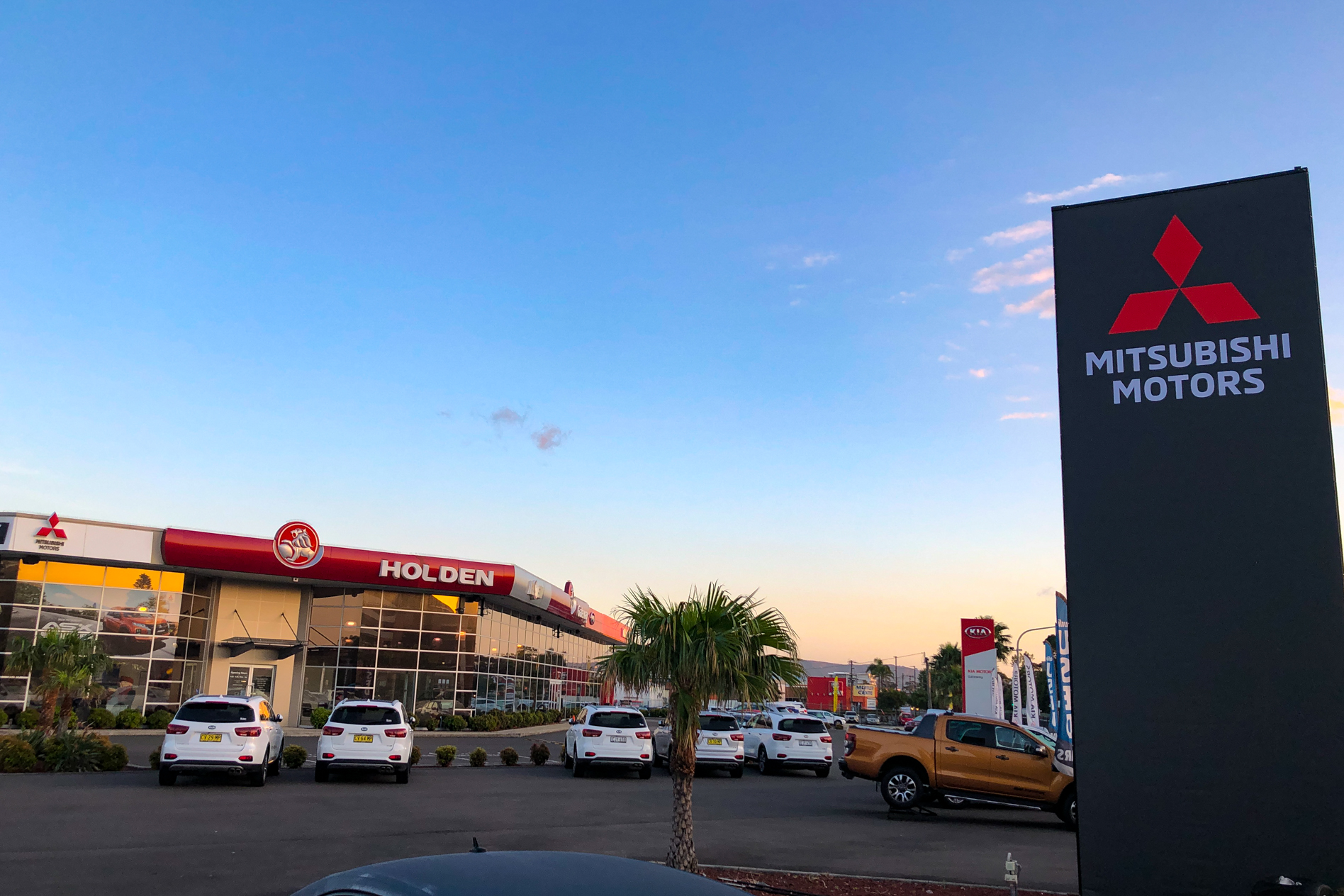
About half of the signage had already been removed before I got there, lying in a pile on the forecourt’s walkway. It wasn’t exactly intact, but it wasn’t totally destroyed, either.
A small team of tradies is stripping away more than 70 years of history with nothing more than a battery drill and a scissor lift.
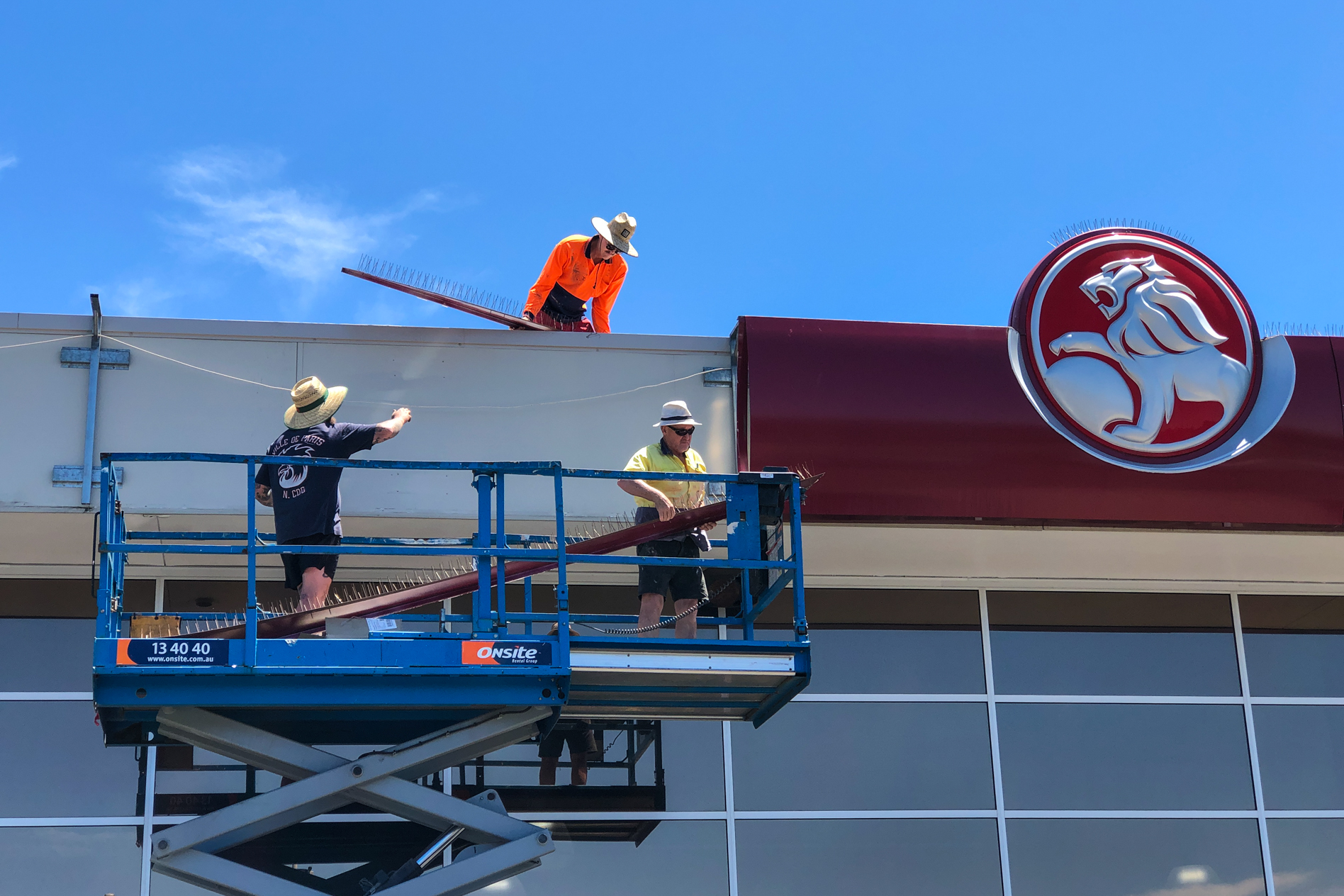
“Nah mate, sorry, you can’t have any,” says one, mistaking my greeting as a request to snaffle one of the signs.
I’m told by dealership staff that they’re all due to be “returned to Holden”.
I suspect they will be returned in much smaller parts than they currently exist in… if they are returned at all.
As the workers return to the job at hand, an older bloke dressed in a Triple Eight Racing shirt and smoking a roll-up stands on the sunny forecourt – now crowded with new Kias and Mitsubishis – watching intently.
“Australia died in 2017,” he says to me darkly, sidling up for a chat. “My friends and I got tee shirts that mark the date, complete with two bullet holes in ’em.”
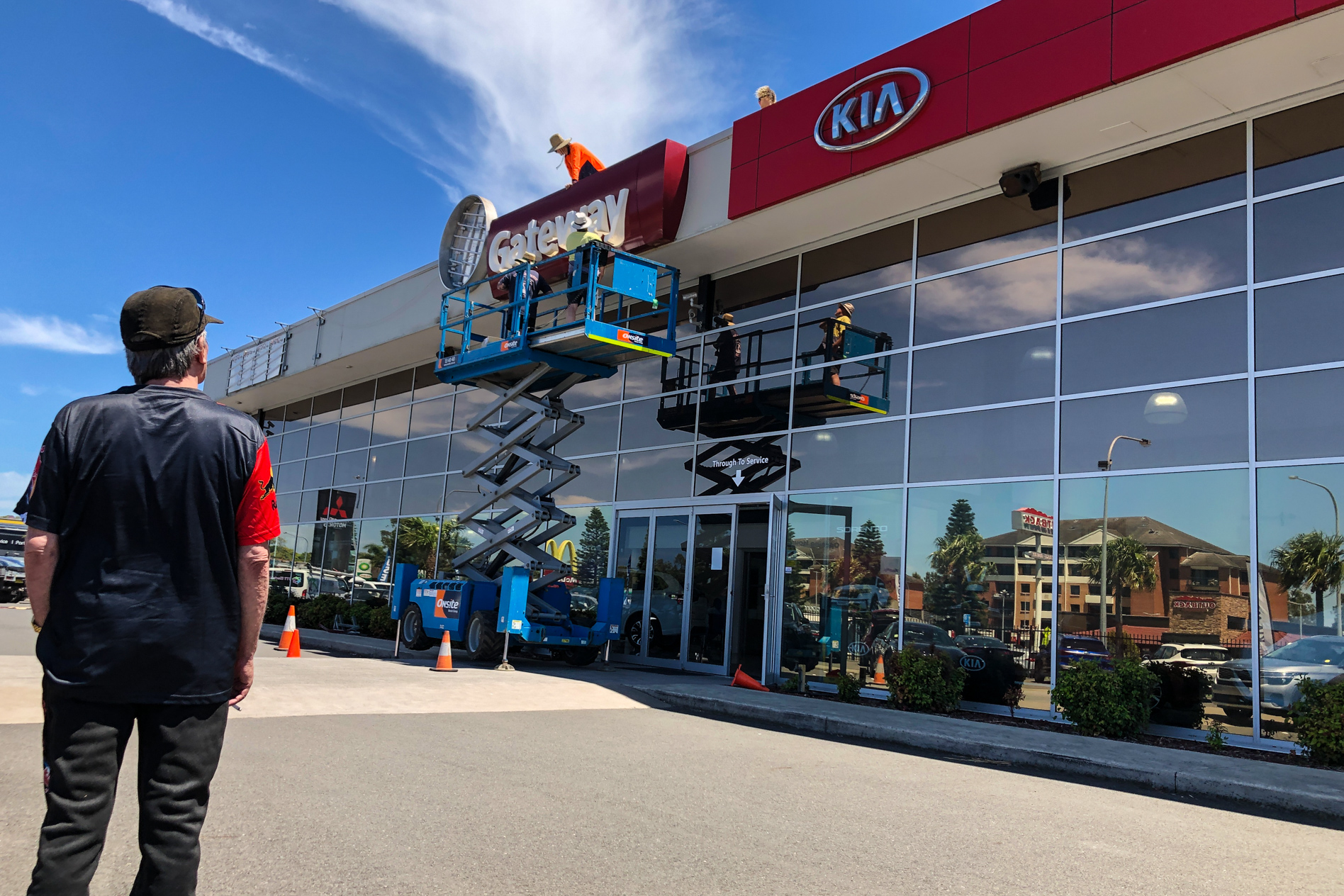
Turns out my new Commodore-owning friend used to work for Holden, building cars at its Pagewood plant, barely 10 kilometres from the centre of Sydney, until its closure in 1980.
It’s now a huge shopping centre, though some remnants are still visible to the trained eye.
“Some of the car parking is still there,” he says, “and there’s still the six huge trees where we used to sneak off for a cigarette.”
His memories of the closure on August 29 1980 aren’t exactly rose-tinted. “They screwed us while we worked there, so we screwed them on the last day,” he laughs. Only he didn’t say ‘screwed’.
“The management just left at the end of the day, and didn’t say a word.”
Records suggest that a large black cross with RIP carved into it was hung on the gates of the factory on that last day, while unions ran wildcat actions to prevent machinery from being transferred to other plants.
Interestingly, once management and unions nutted out a deal, the reduced workforce churned more cars with fewer problems in the plant’s last two years than it ever had previously.
Against a sunny sky, the workers are dissembling the signs in double-quick time, bringing each piece down in the scissor lift and spiriting them away.
No one in the dealership itself is particularly concerned by the occasion.
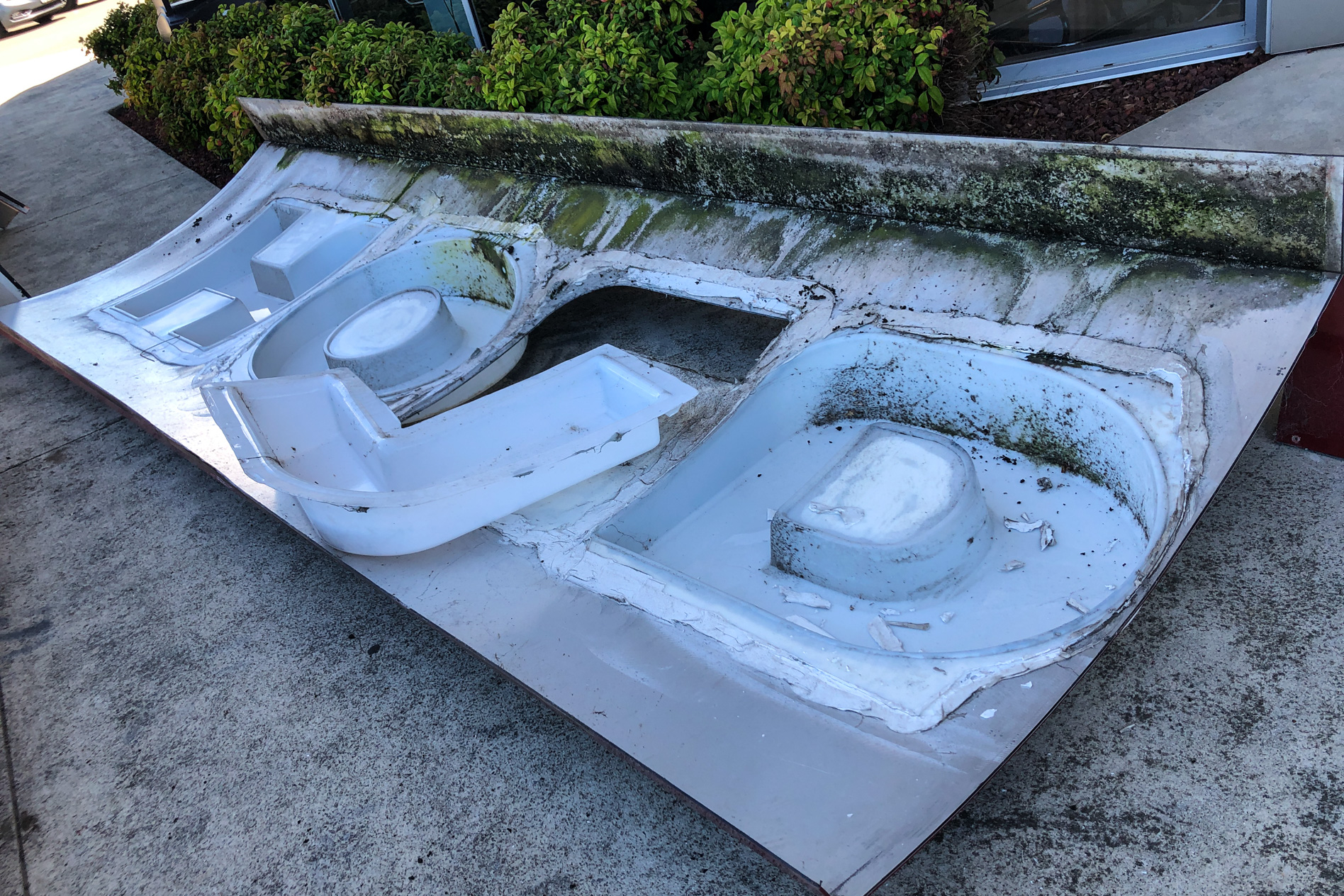
“We sold our last Holden months ago,” a salesperson shrugs. “Be good to have a few more Colorados – the discounts on those were huge.”
The last piece to come down from the dealership roof is the endearing symbol of the brand, the lion and stone rondel.
It’s matured and changed a little over the years, and the relatively recent reboot attempt of the Holden brand means that the sign itself is still vibrant and colourful – not at all like the last relic of an iconic Australian company that is quietly fading out of existence.
My new friend sighs almost imperceptibly as the big rondel, free of its mounts, is caught by the spring breeze, fluttering for a moment before being loaded into the scissor lift.
It’s as if it knows its fate is to be, at best, hung in a collector’s shed for the rest of its days, never to see sunlight again.

General Motors will still have a presence in Australia, but Holden is slipping away in front of our eyes. And it’s only the faithful that are marking its passing.
“Such a damn shame,” remarks my Holden friend as the scissor lift is packed away. “Such a waste.”
I can’t help but think he might be right.

